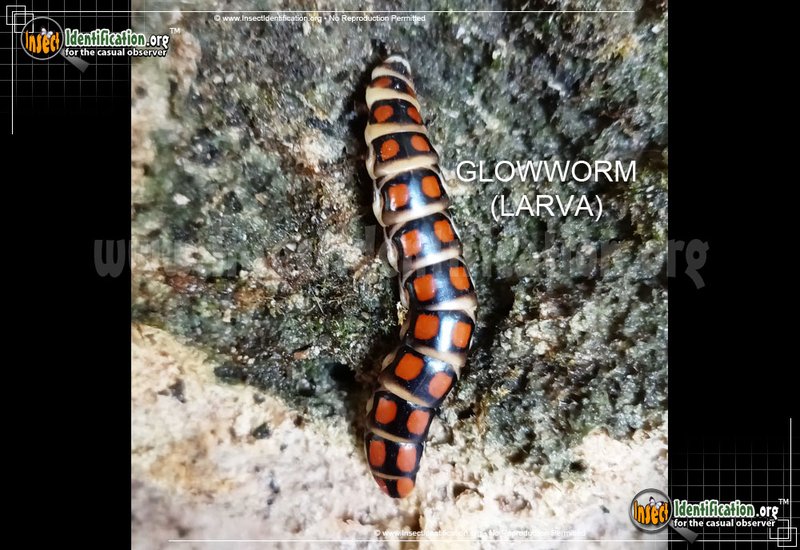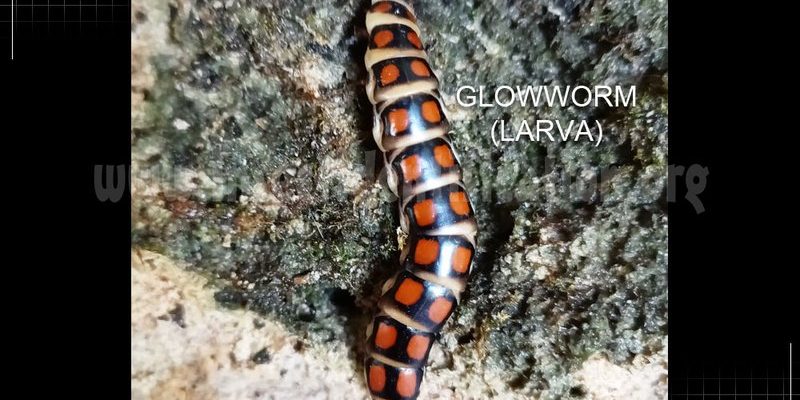
The world of glowworms and their wormy cousins expands beyond just light shows. Each species plays a unique role in its ecosystem, and understanding these differences can be pretty eye-opening. So, grab your favorite beverage, and let’s dive into the captivating comparison of glowworms with some of their similar worm counterparts in their habitat.
What Exactly Are Glowworms?
Glowworms, primarily found in damp, dark environments, belong to various families of insects, most notably in the order Coleoptera or as larvae of the order Diptera. But what makes them truly special is their bioluminescence, which they utilize for attracting prey, illuminating their environment in eerie yet enchanting ways.
Glowworms emit light through a chemical reaction in their bodies, making them look like tiny jewels in the dark. This light isn’t just for show; it attracts insects like moths, which become dinner for the glowworm. As you might guess, their habitat usually consists of caves or moist forested areas, where they can thrive undisturbed. Honestly, spotting a glowworm is a magical experience, like finding a fairy in your backyard!
Meet the Earthworm: Glowworm’s Enticing Cousin
While glowworms might dazzle with their lights, the earthworm is the unsung hero of the soil. These elongated, segmented creatures play a crucial role in maintaining soil health. They break down organic matter, aerate the soil, and create nutrients that plants thrive on. Imagine a mini bulldozer working its magic underground, transforming dead leaves and organic materials into rich soil.
Unlike glowworms, which are often found in dark, moist areas that are well-protected, earthworms prefer to burrow through the soil. They feed on decaying plant material, which means you’ll often find them in gardens or fields. Here’s the thing: despite being different in function and habitat, both glowworms and earthworms contribute significantly to their ecosystems—one lights up the night sky while the other enriches the earth beneath our feet.
The Fascinating Firefly: Another Light-Up Competitor
You might think of fireflies when considering light-producing insects. Fireflies, like glowworms, are beetles that produce light through a similar bioluminescent process. But while glowworms thrive in moist environments, fireflies are more versatile and can be found in various habitats, from meadows to forests.
The light produced by fireflies is often used for mating displays, leading to beautiful evening shows as they flicker throughout the twilight sky. Each species has its unique pattern of flashing, creating a kind of dance that’s both mesmerizing and effective in attracting mates. You might find it interesting that while both glowworms and fireflies share a method of producing light, they are quite distinct in appearance, habitat, and behavior.
Comparing Habitat Preferences
Habitat preferences are a critical factor in differentiating glowworms from similar worm species. As previously mentioned, glowworms thrive in dark, damp environments, while earthworms favor nutrient-rich soil. This difference in habitats impacts not just their survival but their roles in the ecosystem.
To break it down further:
- Glowworms: Typically found in caves or shaded forests where they can remain hidden and moist.
- Earthworms: Prefer rich, loamy soil, burrowing through it to aerate and decompose organic matter.
- Fireflies: Enjoy open areas with plenty of vegetation for mating displays, often seen lighting up meadows and gardens.
Each of these creatures has adapted perfectly to its environment, ensuring its survival and contribution to the ecosystem. It’s like they each have their own specialized role to play in the great theater of life!
Understanding Their Life Cycles
Life cycles also set glowworms apart from other worm species. Glowworms undergo a unique transformation from larvae to adult insects, which involves several stages where they develop their remarkable abilities. Let me explain:
1. Egg Stage: Glowworms start as tiny eggs laid in damp areas.
2. Larval Stage: When they hatch, they enter the larval stage, which can last for several months to years. During this time, they develop their bioluminescence.
3. Pupal Stage: Afterward, they enter a pupal state, eventually emerging as adults, often with reduced mouthparts as they stop feeding.
Earthworms, on the other hand, engage in a more straightforward reproductive cycle. They don’t have a metamorphosis; instead, they simply grow and reproduce by creating cocoons. It’s fascinating how different these life processes are, and it highlights the diversity of life even among similar organisms in the same habitat.
Ecological Roles: Friends or Foes?
When comparing glowworms to other wormy relatives like earthworms and fireflies, understanding their ecological roles is vital. Each creature plays a unique part in its environment, contributing to the overall health of their ecosystems.
– Glowworms serve as predators in the ecosystem, catching insects and helping to maintain the balance of insect populations.
– Earthworms act as decomposers, breaking down organic material and enriching the soil, which supports plant life.
– Fireflies not only attract mates but also serve as indicators of a healthy environment, as pollution can affect their populations dramatically.
Each species has its own method of contributing to its ecosystem. So, instead of seeing them as competitors, it’s more insightful to view them as collaborators in the grand design of nature.
Conservation and Habitat Preservation
As we dive deeper into our comparison, it’s crucial to address the topic of conservation. Glowworms, fireflies, and earthworms all face threats from habitat loss and pollution. For instance, glowworms are particularly sensitive to environmental changes, like habitat destruction or chemical pollution, which can impact their light production and ability to attract prey.
It’s essential to preserve their natural habitats—not just for their sake, but for the entire ecosystem. Protecting wetlands, forests, and gardens can go a long way in ensuring these species thrive. Simple steps like reducing pesticide use or planting native species can create a safe haven for these unique creatures.
In summary, by understanding how glowworms compare to similar worm species, we gain insight into the complexity of ecosystems and our role in preserving them. So, the next time you see a glowing little insect, you’ll not only appreciate its beauty but also the delicate balance it represents.
With all this in mind, it’s clearer that every worm species has its own charm and purpose. Whether they light up the night or work tirelessly beneath the soil, they remind us of nature’s incredible diversity and the importance of conservation. Let’s cherish and protect their spaces so future generations can enjoy these little wonders!

